Content Gap Analysis
What is Content Gap Analysis?
Content gap analysis is the process of identifying areas where content is lacking or needed. This involves analyzing existing content to find gaps that could be filled to better meet the needs of your audience, improve SEO, and enhance your content strategy. The goal is to uncover opportunities for creating new content that addresses unmet needs, answers questions, or targets keywords that your current content does not cover.
Why is Content Gap Analysis Important?
Content gap analysis is important because it helps ensure that your content strategy is comprehensive and aligned with the needs of your audience. By identifying gaps, you can create content that fills these voids, attracting new visitors, engaging your audience more effectively, and improving your search engine rankings.
Conducting a content gap analysis can also reveal competitive opportunities. By understanding what your competitors are covering and where they may be lacking, you can position your content to fill those gaps and gain a competitive edge. This process helps in optimizing your content marketing efforts, ensuring that all relevant topics are covered, and maximizing the return on your content investments.
Best Practices for Conducting Content Gap Analysis
1. Identify Your Goals
Clearly define the goals of your content gap analysis. Determine what you aim to achieve, such as improving SEO, increasing traffic, enhancing engagement, or addressing audience needs. Having clear goals guides the analysis process and ensures that you focus on relevant areas.
2. Audit Your Existing Content
Conduct a comprehensive audit of your current content. Catalog all your content assets, including blog posts, articles, videos, infographics, and social media posts. Evaluate the performance of each piece to understand what is working well and what is underperforming.
3. Understand Your Audience
Gather insights about your audience's needs, preferences, and pain points. Use surveys, feedback, and analytics to understand what topics and content types they are interested in. Aligning your content with audience needs ensures relevance and engagement.
4. Analyze Competitor Content
Examine the content strategies of your competitors. Identify the topics they cover, the formats they use, and their performance metrics. Look for gaps in their content that you can exploit by creating better or more comprehensive content.
5. Use SEO Tools
Utilize SEO tools like Google Keyword Planner, Ahrefs, SEMrush, and Moz to identify keyword opportunities. Look for keywords that have high search volume but low competition, and those that your current content does not adequately target. Keyword research helps in uncovering gaps that can be filled with optimized content.
6. Map Content to the Buyer’s Journey
Ensure that you have content for each stage of the buyer’s journey – awareness, consideration, and decision. Identify gaps where content is missing or insufficient for guiding prospects through the funnel. Creating content for each stage ensures a comprehensive content strategy.
7. Create a Content Plan
Develop a content plan to address the identified gaps. Prioritize content creation based on the impact it will have on your goals and audience needs. Outline the topics, formats, and timelines for creating new content.
8. Leverage Analytics
Use analytics to track the performance of your new content. Monitor key metrics such as traffic, engagement, bounce rates, and conversions to evaluate the effectiveness of your content gap analysis. Adjust your strategy based on the insights gained from the data.
9. Engage with Your Audience
Continuously engage with your audience to gather feedback and understand evolving needs. Use this feedback to refine your content strategy and identify new gaps that may emerge over time. Audience engagement helps keep your content relevant and valuable.
10. Regularly Reassess
Content gaps can change as your audience, industry, and competition evolve. Regularly reassess your content strategy and perform content gap analysis to ensure you are meeting current needs and staying ahead of the competition.
By following these best practices, you can effectively conduct content gap analysis to enhance your content strategy, better serve your audience, and achieve your marketing goals.
For more terms, return to the content marketing glossary and freelance writing glossary.

